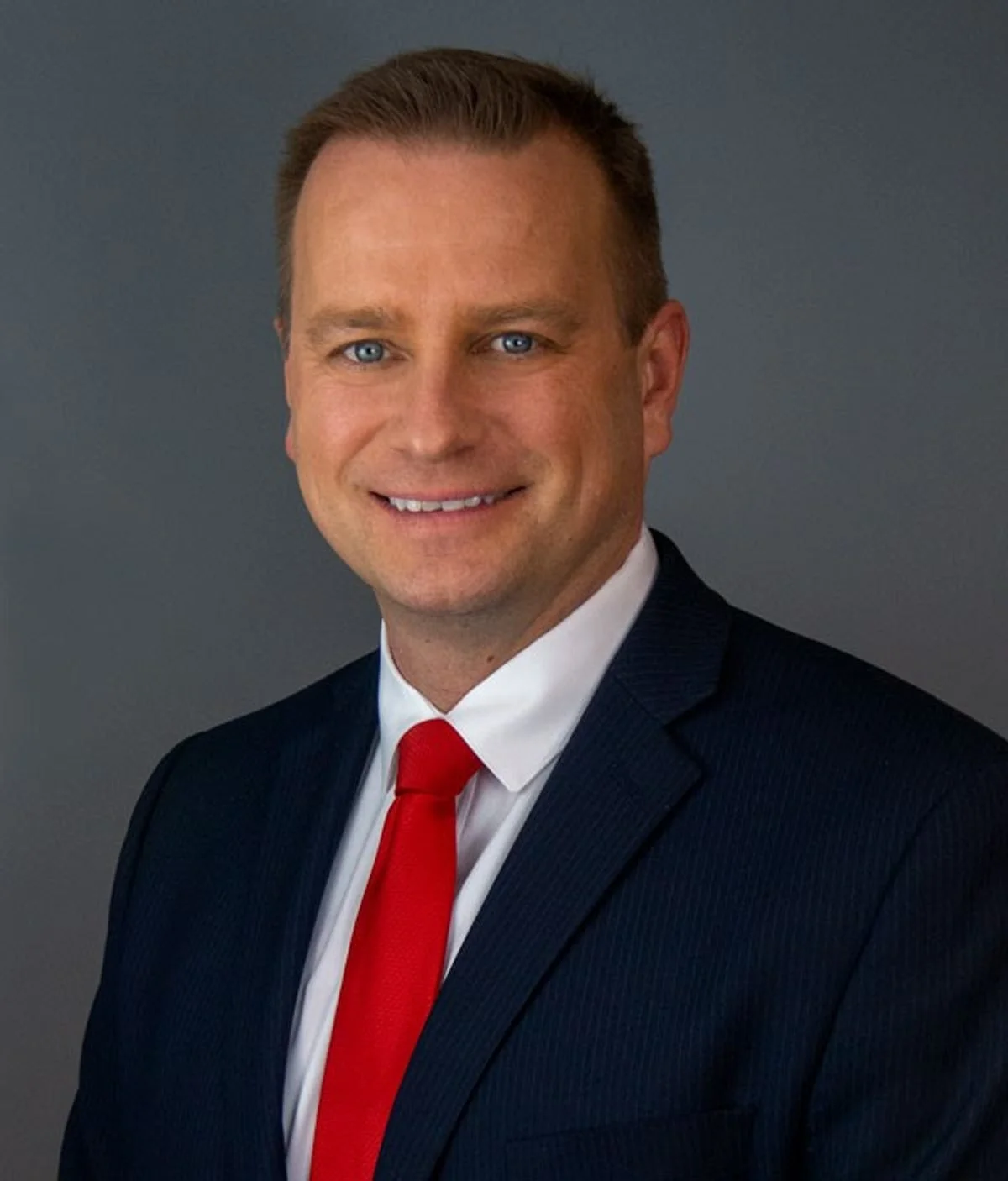NY-22 Minute: George Phillips Joins 2020 Race By Luke Perry
George Phillips (R-Binghamton) recently declared his candidacy for NY-22. Phillips is a history teacher at Seton Catholic Central High School, who earned a Bachelor’s degree in history from Villanova University and a Master’s degree in education from Notre Dame University.
Phillips previously worked as regional director for Reclaim New York, adjunct professor at SUNY Broome, and as a Congressional aide for Rep. Chris Smith (R, NJ-4). Phillips was appointed Broome County legislator in 2013 and resigned in 2014 to pursue to new endeavors and attend to family matters.
“I am running because I believe that we need bold national reforms to continue to unleash the full potential of the American people and lift up the people of upstate New York who have suffered so much due to poor policies from Albany. ”
Phillips has unsuccessfully run for Congress three times. In 2016, Phillips finished third (25 percent) in the NY-22 Republican primary behind Claudia Tenney (41 percent) and Steve Wells (34 percent). Tenney appears poised to run again in 2020, though that is not certain.
Tenney’s campaign unsuccessfully sought to remove Phillips from the ballot in 2016 for allegedly submitting fraudulent petition signatures. The State Supreme Court concluded the two signatures in question were legitimate because related individuals had granted others power of attorney.
Phillips said of Tenney at the time, “her actions against me and this campaign are inexcusable. Dragging these sick and elderly people into the courts infringes on their right to participate in the political process” and “voters deserve better than what she has offered."
Phillips claimed to run “a positive campaign and believe we are only going to be successful as a nation by steering away from the bitter fighting and negative attacks that have come to characterize American government and political campaigns.”
Phillip ran on repealing the Affordable Care Act, simplifying the tax code, and returning to the gold standard. His “upstate jobs plan” called for the creation of empowerment zones” that reduced federal and states taxes and regulations to foster economic development. One example included reducing or eliminating capital gains taxes on people who invested in these zones. (More on 2016 GOP primary views here & here.)
Photo provided by WUTR
Maurice Hinchey (D) defeated Philips by 5 points in 2010. Republicans gained 63 seats that year to take control of the House, including six GOP freshman elected in New York. Phillips lost to Hinchey by 28 points in 2008. Both elections occurred prior to the 2011 redistricting. NY-22 previously unfolded eastward from Binghamton toward the Hudson River.
Donald Trump will likely be a key figure during the 2020 campaign. In 2016, when Phillips was asked if he supported Trump’s candidacy, he replied:
“I respect the tremendous disgust the voters have with Washington that has put Trump in this position. While I do not condone some of Trump’s statements, I believe the policies he would support and sign into law would be far better than those of Obama and Clinton at this critical juncture.”
Conventional wisdom is that successful NY-22 candidates need to be from the northern part of the district to maximize support in Oneida County, the most populated county in the district. Taking on an incumbent from the Utica area will be difficult, as Kim Myers (D) experienced in 2016.
Phillips’ first challenge is securing the nomination. Phillips is experienced with Congressional campaigns, and has some name recognition and fundraising ability. Claudia Tenney would be a formidable primary opponent, given she won 49 percent of the vote in 2018, up three points from her total in 2016.
On the other hand, just 60 percent of NY-22 Republicans supported Tenney prior to Election Day in 2018. If there is a viable path for Phillips, it will likely depend on bringing moderate Republicans back into the fold, as the GOP still has a 26,000 registered voter advantage in the district.
Luke Perry (@PolSciLukePerry) is Chair and Professor of Government at Utica College
Read the NY-22 Minute for timely and comprehensive analysis NY-22 politics






